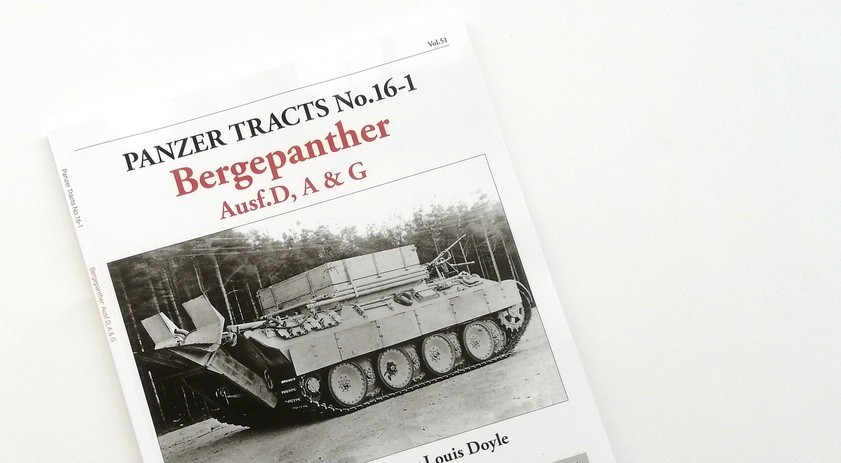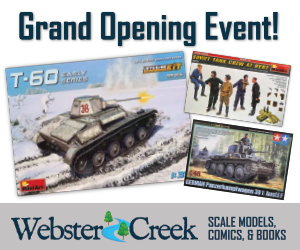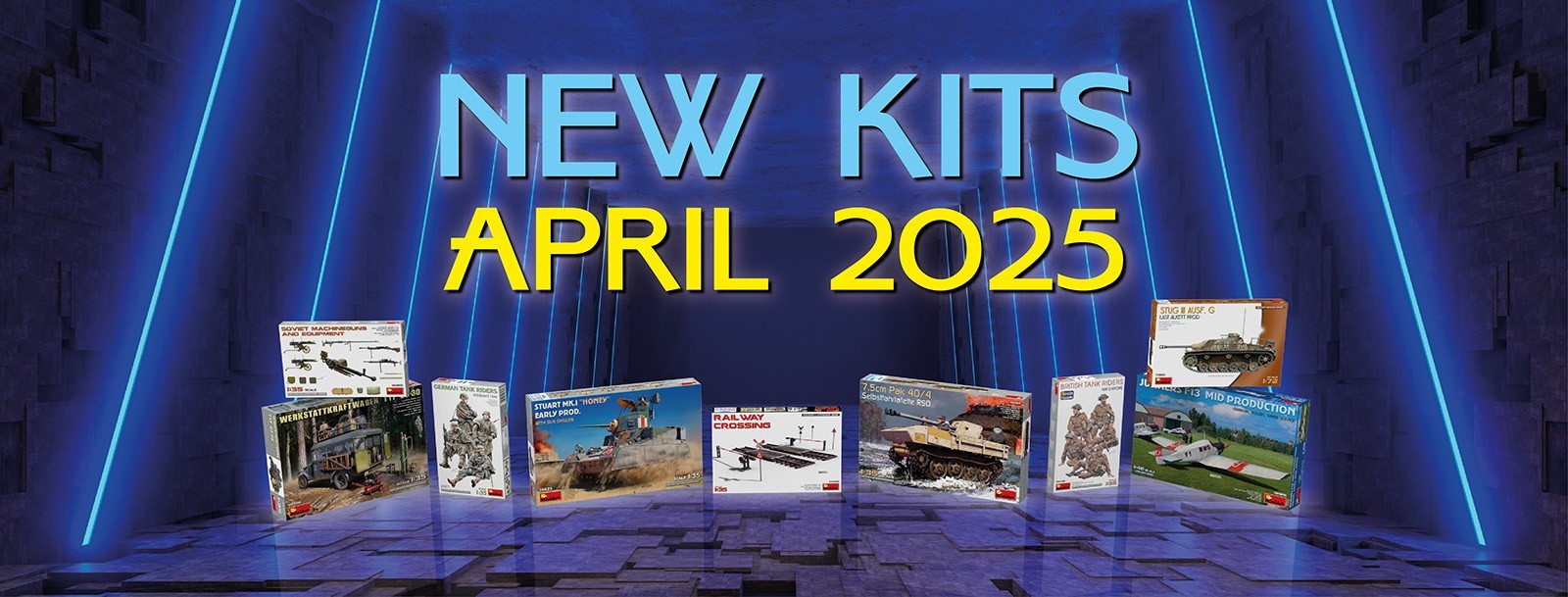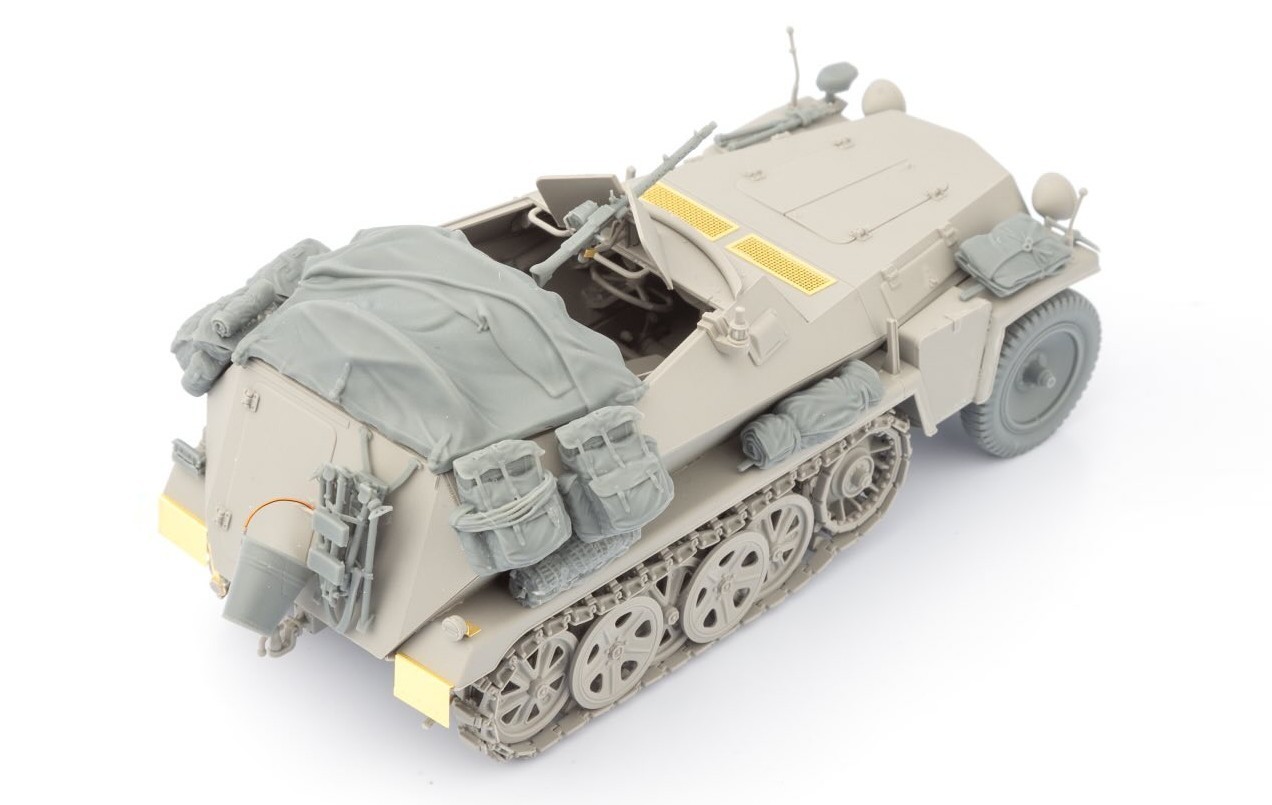
Volume 16-1 of the Panzer Tracts series is dedicated to the Bergepanther, a WWII German recovery vehicle based on the Panther medium tank. This book is a reedition of the original Panzer Tracts, which has been published by Panzerwrecks after the closure of the former. This review will treat the book as new for those unfamiliar with it, with a section at the end about the differences in the new edition.
The book is written by Thomas L. Jentz, Hillary Louis Doyle and Lucas Friedli, and is an A4 portrait format in a soft cover. It has seventy-eight pages of good quality glossy paper, although there are actually 80 pages as the inside front and back covers have also been used to print information. The quality of the photographs is excellent, and the book is rich in text, tables, photos and 1:35 scale plans. All versions of the Bergepanther are covered.
It is important to note that the Panzer Tracts series of books is characterised by using only original sources, measuring surviving examples and comparing all this information with contemporary photographs. This avoids repeating mistakes of previous studies and ensures a serious and reliable research.
The book is eminently technical, focusing on the characteristics of the vehicles and their production. However, there is also information on unit allocation and service reports.
The sections of the book are:
- Introduction
- Development
- Final assembly
- Significant Changes in production
- Organisation
- Experience reports
The text is supported by numerous large, clear, photographs and 21 pages of 1:35 scale drawings.
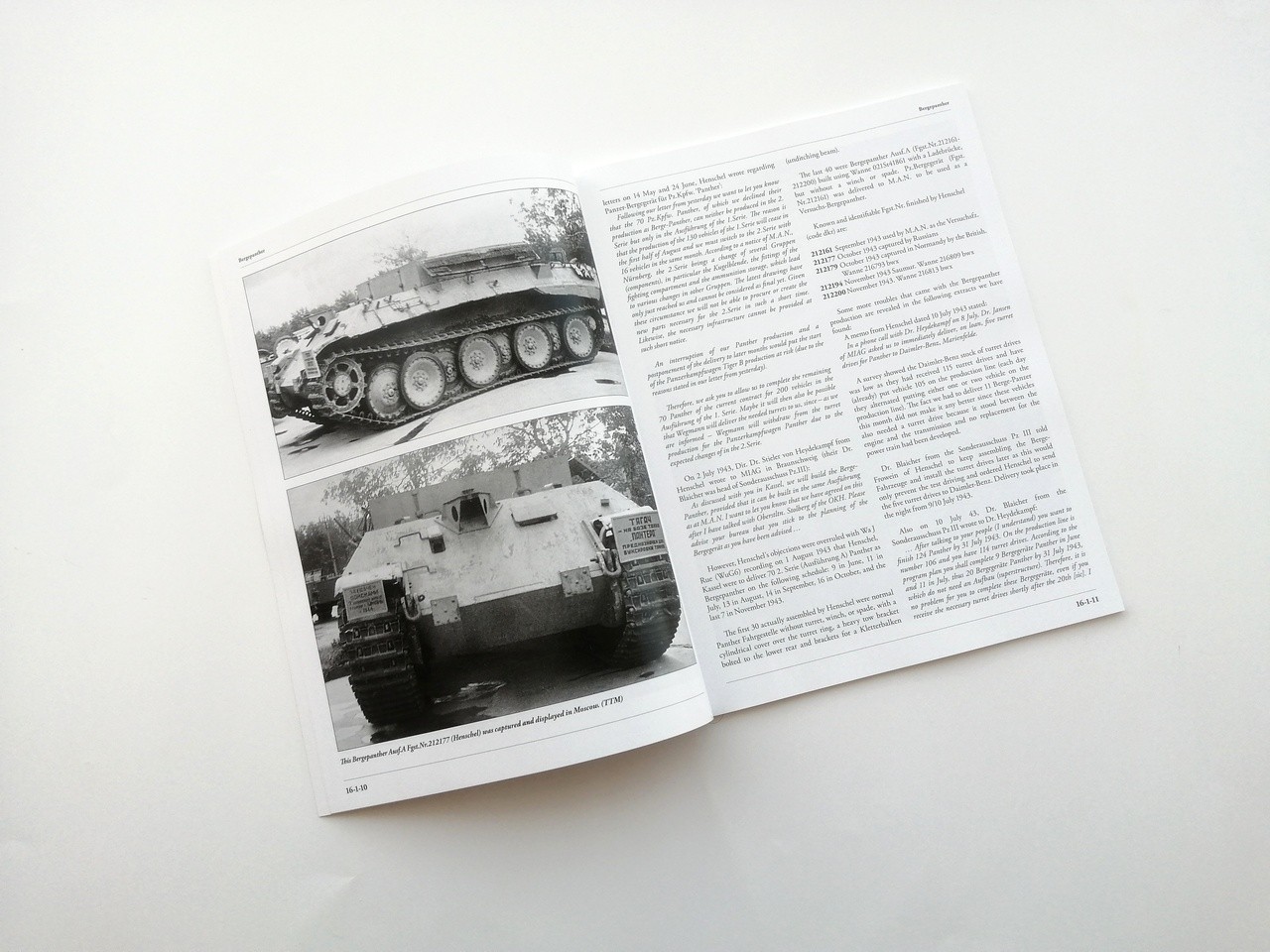
The book starts with an explanation of the development of the Bergepanther recovery vehicle, the requirements that were set and the production orders given to the various manufacturers.
The next section describes the specific characteristics of the vehicles depending on the manufacturer, as they were produced by MAN, Henschel, M.N.H., Daimler Benz, Demag and B. Seibert Stahlbau. The latter was a special case as it used repaired vehicles to build the Bergepanther.
Numerous photos accompany each type with detailed captions, some even showing the interior of the vehicle.
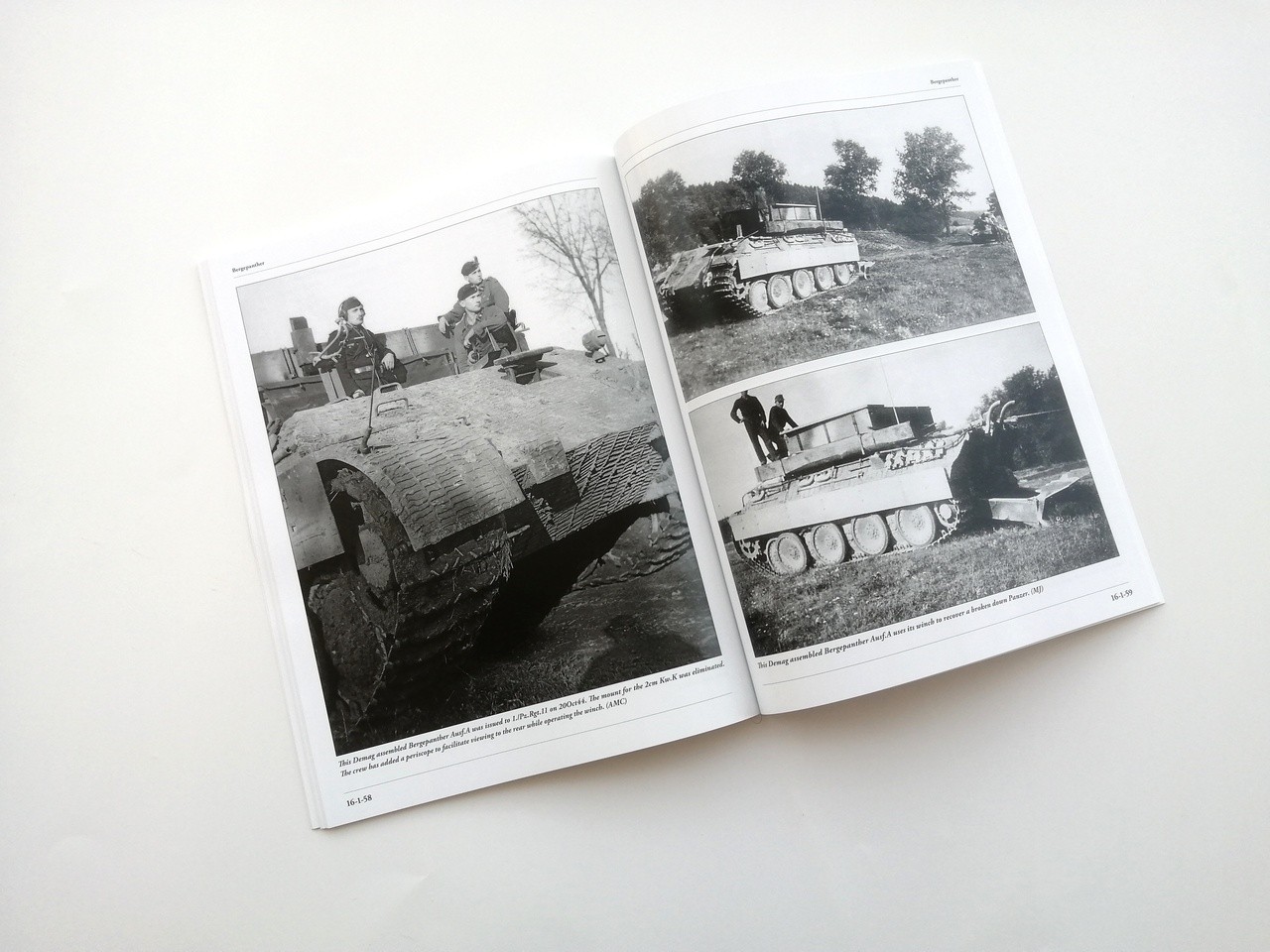
Then come the plans of all variants in the five traditional views (front, rear, right, left and top). These are one of the main assets of the book, as they make it easy to see the differences between versions and to build a correct model of the desired vehicle. This is important because there were numerous versions based on Ausf. D, A and G, with spade and winch, without them, with superstructure, with the turret ring simply covered, etc. and all of them can be seen here.
All have been drawn at 1/35 scale and apart from the vehicles, there are also plans for the armoured hull, the winch, spade and crane.

The next section is significant changes in production, a summary of the variations introduced during the period of production. It helps identifying the production time depending on whether these features are present or not.
The organisation gives details of the various K.St.N. issued, the documents that determine the composition of the units. There is also a table of vehicles with their date of delivery and the unit to which they were assigned.
Experience reports contain various reports from the time on the operation and performance of the Bergepanther. It is always an interesting reading to know how the crew valued the vehicle in use.
There are also numerous photographs in all these sections, always clear and large , often half a page and sometimes even full page.
Differences with the original edition
Although the content of the Panzer Tracts series has always been exceptional, the presentation had room to be improved. The new edition of Panzerwrecks addresses this problem and has a much more modern and professional style. For a start, the book is bound rather than stapled. The paper is of better quality with gloss cover, the text is more legible thanks to a new font and the photographs have also been reworked for clarity and quality. Sections are now numbered and bold type has been added for clarity. Overall, although the original text remains the same, the numerous changes greatly improve the appearance and readability. Apart from that, I have noticed that at least one photo is new.
While the changes will hardly justify getting it for those who have the original edition, new readers will appreciate the improved format and also having the chance to get a valuable volume which has been out of print for some time.
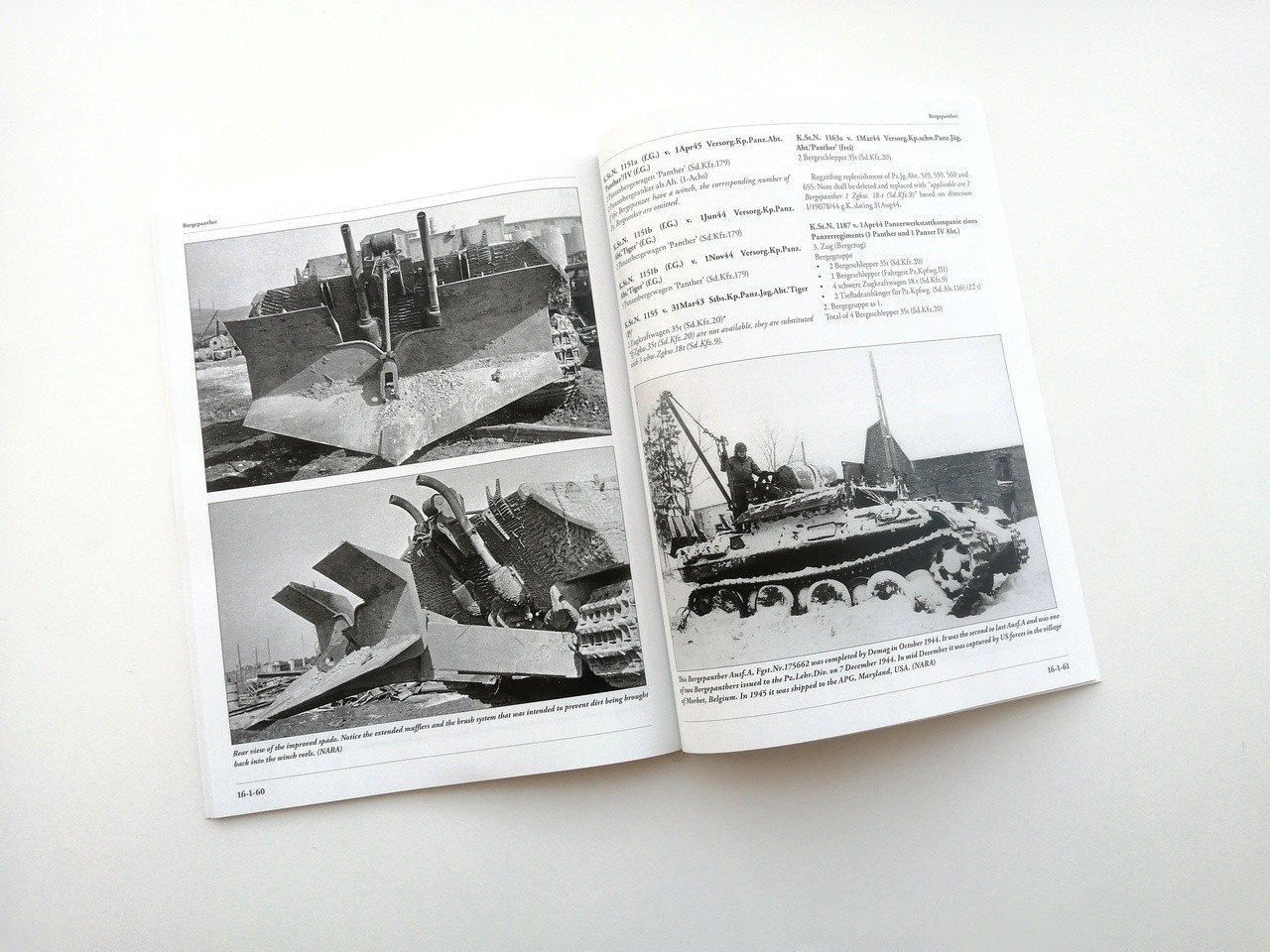
Conclusion
This book is an essential reference for anyone interested in the Bergepanther or wanting to build an accurate kit of it. Based on original research and measurements, it has a wealth of information together with outstanding 1/35 scale drawings. And now the look has been also greatly improved from the original edition.











